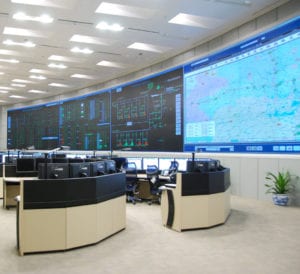Predictive Analytics is the classic Internet of Things (IoT) application. In the simplest sense, you connect sensors (temperature, vibration etc.) to assets (equipment, buildings, trucks), send the data to the cloud, and then apply predictive analytics to identify and prevent potential failures.
With today’s technology, it is relatively easy to accomplish. You can do so by building your own using a library of components or you can go to a 3rd party vendor like SAP or AVEVA. You even have the choice of whether to run these toolsets on a private cloud, public cloud or hybrid cloud.
Another option is to use digital services from the equipment provider. It goes without saying that although you know your process better than anyone else, the equipment provider knows their equipment better than anyone else as well. We see the debate on which path to choose playing out right now in the mining and metals worlds, particularly around mobile fleets from vendors like Caterpillar. There is no debate about whether predictive analytics is needed, only whether you use the CAT service, do your own development, or go to a 3rd party.
Lately we have seen some pretty compelling evidence that in the “electrical domain” there is significant benefit to going with the equipment provider. In one case study the user managed to avoid spending 1 million euros due to the potential repairs and replacements of their transformers that were avoided. And just last week I heard another very compelling story.
It involved one of our customers that had gone down the “private cloud” option. They were collecting a lot of data but they didn’t know how to analyse it. Schneider Electric came in and set up a cloud-to-cloud connection along with our EcoStruxure Asset Advisor digital service, and almost immediately they discovered several asset health warnings they were unaware of previously. Not only that, but they were given actionable recommendations along with a complete analysis that gave them greater insight into how to make the necessary changes and modifications. Bottom line: knowing there is an issue is important, but so is knowing what to do about it.
All these examples are strong arguments for going to the specialist for a solution, even though it’s not the only choice. You can still run “build your own” or 3rd party solutions where appropriate, but don’t forget the added value you can get from the original equipment supplier. It just might be the right prediction for your operation.



